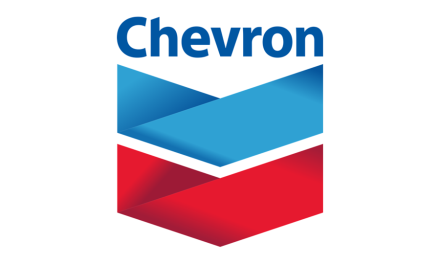The American Coalition for Ethanol (ACE) expresses its appreciation toward U.S. Department of Energy Argonne National Laboratory (ANL) scientists for updates to the Greenhouse gas and Regulated Emissions and Energy use in Transportation (GREET) model, which is widely recognized as the gold-standard tool used to audit the energy and environmental effects of transportation fuels such as ethanol and gasoline.
The 2020 version of GREET created a new Feedstock Carbon Intensity Calculator (FD-CIC) to help quantify the soil carbon sequestration benefits of corn and other biofuel feedstocks. In response, ACE, along with corn grower groups, provided recommendations to modify the calculator to measure crop-specific impacts on soil carbon and reduce nitrous oxide (N2O) emissions from fertilizer use. The 2021 update included our request to account for the nitrous oxide reducing impacts of 4R (Right rate, Right form, Right place, Right time) nitrogen management methods, and enhanced efficiency nitrogen fertilizer (EEF) use. The information ACE provided to Argonne showed full implementation of 4R management along with EEF could reduce N2O emissions by up to 40 percent relative to GREET estimates.
The recently released 2021 version of GREET also includes general updates in corn farming activities (e.g., more bushels per acre and more efficient use of fertilizer) and ethanol production (e.g., more gallons per bushel processed and more efficient energy use) based on 2005 to 2019 industry benchmarking data.
“ACE would like to thank Dr. Michael Wang and his team at Argonne for making updates to the GREET model which will help farmers, ethanol producers, and government agencies better understand how farming practices play a pivotal role in reducing the overall carbon intensity of corn ethanol,” said Brian Jennings, ACE CEO. “Given the growing support for new clean fuel markets at the state and federal level, particularly among Midwestern states, these timely updates to the GREET model should help us advocate for policies that give credit to farmers for practices which further reduce corn ethanol’s carbon footprint.”
“I thank Argonne for its ongoing updates to the best model in the world for assessing the lifecycle greenhouse gas (GHG) emissions of transportation fuels,” said Ron Alverson, ACE board member representing Dakota Ethanol. “The Feedstock Carbon Intensity Calculator has been extremely helpful in evaluating the effect farming practices have on ethanol’s GHG emissions because it accounts for corn yield and energy, fertilizer, and chemical use factors for individual farms instead of relying on default values. The calculator can be used by biofuel feedstock producers to determine how best to reduce their carbon intensity. We’re happy to see Argonne took our recommendation to include the N2O reducing impacts of 4R nitrogen management and EEF, as well as make other general updates to corn farming and ethanol production activities. We look forward to continuing to collaborate with Dr. Wang and the Department of Energy scientists to incorporate additional updates to GREET in the future, specifically regarding corn transportation distances, energy use factors for corn ethanol facilities, lime use rates, and crediting the use of biofuels by biofuel feedstock producers. We will also try to advance an estimate for soil carbon sequestration that works for individual producers due to the large effect it can have on overall corn ethanol GHG emissions.”









